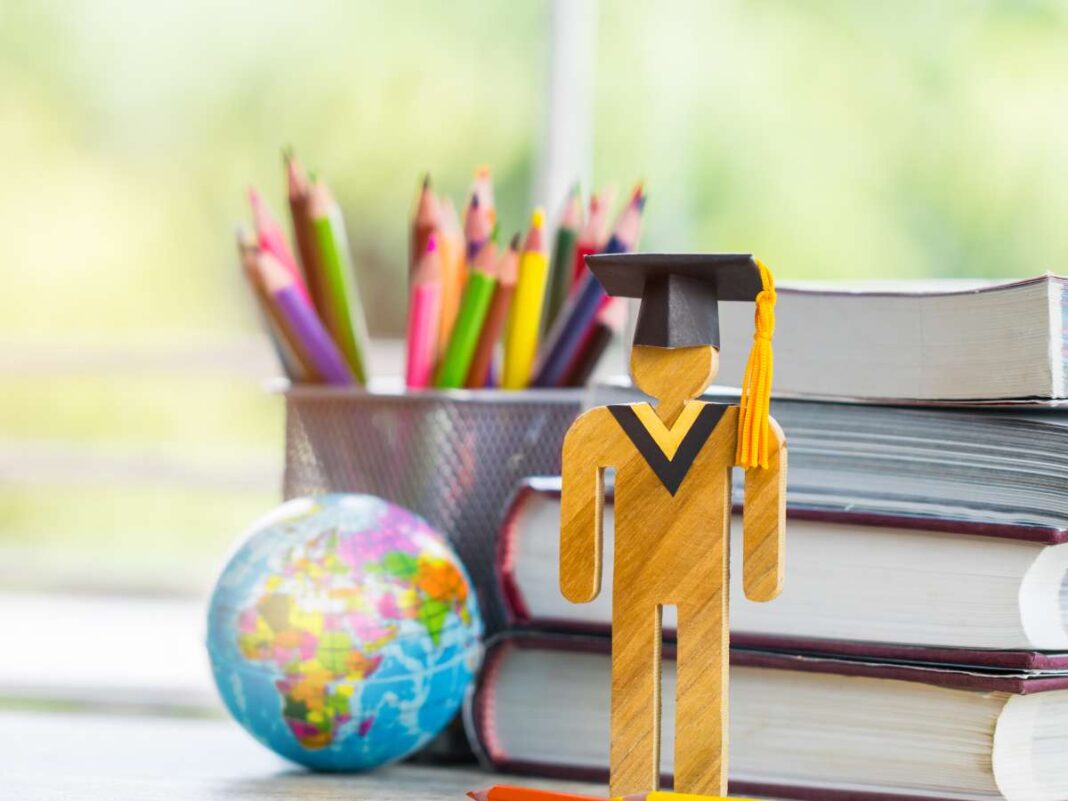Traditional education systems are being re-evaluated in today’s rapidly changing world. Parents and educators now seek methods that cater to the diverse learning styles and needs of students. Alternative education models such as unschooling and Montessori are gaining attention for their innovative approaches to learning, emphasizing individuality, creativity, and holistic development.
The Shift Towards Alternative Education
Education isn’t a one-size-fits-all endeavor. As our understanding of how children learn evolves, numerous alternative educational models have emerged. These models offer varied philosophies and methods, aiming to inspire a lifelong love of learning and adapt to each child’s unique strengths and interests.
Montessori Education: Fostering Independence and Self-Directed Learning
Developed by Maria Montessori in the early 20th century, the Montessori method emphasizes individuality, independence, and self-directed learning within a thoughtfully prepared environment. Children are viewed as naturally curious and capable of initiating learning in a supportive, well-equipped space.
In Montessori classrooms, students engage with self-correcting materials that align with their developmental stages. This hands-on approach lets them to learn at their own speed, fostering a love for learning, self-discipline, and problem-solving skills. Montessori education encourages students to explore subjects deeply, nurturing adaptability and independence.
Unschooling: Learning Through Life Experiences
At the other end of the spectrum lies unschooling, a learner-centered approach that allows children to pursue their interests without a structured curriculum. This model emphasizes curiosity, real-life experiences, and natural development, positioning learning as a byproduct of living.
Unschooling gives students the freedom to explore topics they’re passionate about, facilitating deep, meaningful learning. Parents act as facilitators, providing resources and support while allowing the child’s interests to guide their education.
Waldorf Education: Integrating Mind, Body, and Spirit
Founded by Rudolf Steiner, Waldorf education takes a holistic approach, focusing on creativity, imagination, and integrating practical, artistic, and intellectual learning. The curriculum aligns with children’s developmental stages, nurturing not just academic skills but also emotional and spiritual growth.
In Waldorf classrooms, storytelling, music, and arts play central roles. Students engage in activities that foster empathy, social awareness, and critical thinking. Waldorf education aims to develop well-rounded individuals prepared to contribute thoughtfully to society.
Reggio Emilia Approach: Collaborative and Creative Exploration
Originating in Italy, the Reggio Emilia approach emphasizes child-led learning, with a strong focus on collaboration and creativity. The environment is considered a “third teacher,” providing rich opportunities for exploration and discovery.
Educators act as co-learners, engaging with students in project-based activities that stem from the children’s interests. This approach values multiple forms of expression, such as art and drama, encouraging students to communicate their understanding in diverse ways. Reggio Emilia nurtures critical thinking and fosters a community of learners.
Project-Based Learning: Solving Real-World Problems
Project-Based Learning (PBL) engages students in tackling real-world challenges through extended, multidisciplinary projects. This method encourages the application of knowledge in meaningful contexts, fostering critical thinking, creativity, and collaboration.
In PBL settings, students work on projects that require research, problem-solving, and presentation skills. This hands-on approach promotes a love for learning by connecting educational content to real-life situations and emphasizing the value of teamwork.
Democratic Education: Empowering Student Autonomy
Democratic education prioritizes student autonomy and self-directed learning, allowing students to have a say in their curriculum and school policies. This model fosters life skills such as collaboration, empathy, and civic engagement.
In democratic schools, students participate in governance and decision-making processes, promoting a sense of responsibility and community. Democratic education empowers students to take ownership of their learning journey.
Homeschooling: Personalized Learning at Home
Homeschooling is a model where parents take on the role of educators, teaching their children at home. This approach offers flexibility and personalized instruction tailored to a child’s individual learning style and interests.
Homeschooling allows for a supportive parent-child relationship and the freedom to adapt teaching methods to suit the learner. This model provides opportunities for customized learning experiences and can include community socialization through group activities and co-ops.
Online Learning: Flexibility and Accessibility
With advancements in technology, online learning has become a viable alternative education model. Digital platforms enable students to learn remotely, offering flexibility and self-paced instruction.
Online learning provides access to resources and courses that might not be available locally. It fosters digital literacy and can be personalized to meet diverse educational needs.
Alternative High Schools: Meeting Unique Needs
Alternative high schools cater to students who may not thrive in traditional school settings. These schools offer flexible schedules, personalized instruction, and innovative teaching methods.
By focusing on academic, emotional, and social growth, alternative high schools provide supportive environments where students can succeed through project-based curricula and experiential learning.
Choosing the Right Educational Path
Selecting the appropriate educational model is a significant decision that depends on a child’s personality, learning style, and family values. Exploring different models allows parents to find the best fit for their child’s unique needs.
Visiting schools, observing classrooms, and interacting with educators can provide valuable insights. Each model has its strengths, and understanding these can help in nurturing a child’s full potential.
Conclusion
The landscape of education is evolving, embracing models that prioritize individuality, creativity, and holistic development. From unschooling’s learner-led exploration to Montessori’s structured independence, these alternative education models offer pathways to cultivate a lifelong love of learning.
By considering and embracing these innovative approaches, parents and educators can support children in becoming adaptable, critical thinkers ready to navigate and contribute positively to an ever-changing world.
